How to align your IT strategy to your company's growth strategy

for the latest insights
IT teams have a long history of clashing with the rest of the business. It’s perfectly summed up in this quote from the classic sitcom “The IT Crowd”:
I don't mind telling you, Roy, sometimes the people upstairs cheese me off to such an extent that if I were the type to use bad language, I would be employing it bitterly and repeatedly.
""
But silos are disappearing, and the “upstairs” and “downstairs” people are realising they need each other for a company to get anywhere.
I liked the way Liberty Mutual CIO Andrew Palmer described it in a recent interview: “We very quickly learned that a lot of the disruption and innovation was going to be done at the intersection of business and IT.”
Why should I align my strategy with my company’s plans?
But first, why does it matter? Quite simply because you want investment in IT. You want to bring on needed resources. You want your business cases approved.
When you work in conflict with the wider business, your power, influence, and resources disappear. The way to work through any resistance and win approval (and budget) for projects is demonstrating to the c-suite how investments in technology will directly support the company’s overall objectives.
It’s also reassurance that you are focusing on the right areas.
Where do I start?
The simple answer is looking at your company’s objectives (both short and long term). Understand the growth plans and priorities.
Then compare it with your own department’s strategy. Does it match? Are there clear areas you’re missing or haven’t clearly connected to larger organisational objectives?
Once you understand the bigger picture, it’s time to focus on these five key areas.
1. Start translating
Translate company objectives into tech/IT services. Tech is an enabler so the question should be how tech is going to drive or enable each objective.
When we start working with a new client, we always go back to their business objectives. Through a series of focussed workshops, we help the different parts of the business to imagine what the future state could look and map those objectives against the company’s key strategic pillars to drive alignment.
2. Check out the competition
Spend some time researching the technology stack of your company’s competitors. If you don’t have any clear competitors, ask your CEO what companies they admire and why.
3. Go to the people
Talk to teams across your organisation to understand what they need. It’s so important to get everyone on board for change early. This is especially true if any teams have had negative experiences with IT in the past.
After all, staff are going to be the users of any new technology you introduce, and it’s invaluable to have buy-in early and engage regularly. The old mantra is still true: the tech is the easy part of any transformation.
4. Measure, measure, measure
The absolute key to any successful IT strategy is metrics. You must set clear metrics to ensure business goals and objectives are met. Those metrics hold everyone accountable and give a clear idea of how a project progressed.
They are also powerful proof that you can deliver. And that is a powerful bargaining chip the next time you need sign off on a new project.
5. Prioritise and plan
Ask your organisation’s leaders about the top top priorities. Your company objectives don’t carry the same weight. Find out what’s the most important and make a plan.
Your c-suite might even be surprised at how quickly you can create and embed real change with technology. We worked with our client, housing association GreenSquare Accord, to design, develop, migrate, and go live with a business-critical app in just eight weeks.
As Vicki Pinchbeck, Digital Development Specialist at GreenSquare Accord put it:
The work with UBDS was delivered at pace, which was a real cultural shift for us. We loved it and want to keep this momentum up. What we achieved in two months would have usually taken our organisation more than a year!”
""
If you understand what your organisation leaders want the most (and how quickly they need it) you’ll have an easier time getting them to put the resources behind your projects.
It’s time to put the “IT versus the rest of the business” conflict to rest as the only way to move further faster is to work closely with your business. You’ll understand them better. They’ll understand you better. And you can earn trust and greater investment in a shorter amount of time.
Make sure you get the most out of your organisation's technology strategy by choosing a trustworthy digital transformation partner like UBDS. We help business and IT to deliver outcomes with high impact.
Contact us today.

Looking for
exceptional outcomes?






